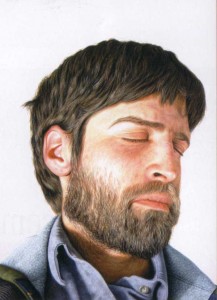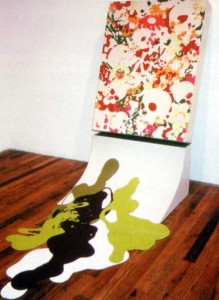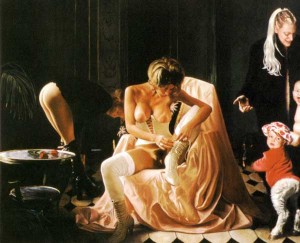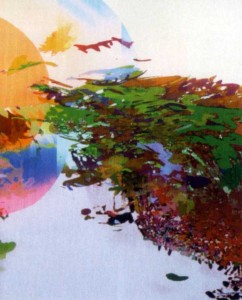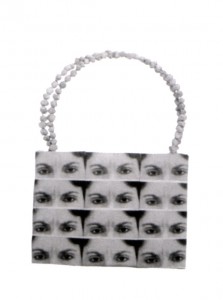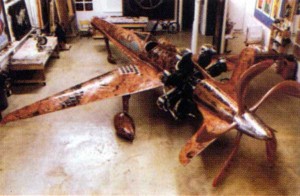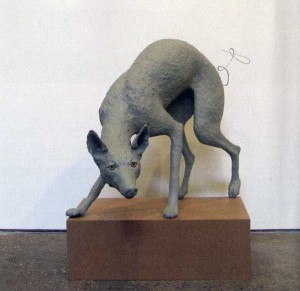For ‘Tema Celeste’ magazine
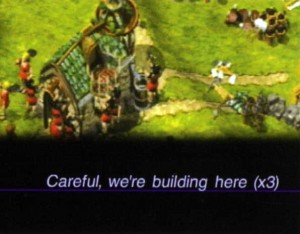
In a unique spin on being “true to the medium,” Eddo Stern appropriates clips from violent video games to reconstruct historical events. For his first New York show, the Israel-born artist presented the video Sheik Attack, a history of Israeli military attacks on Palestinian leaders during the 1990s. In the back gallery, Stern pulled together a mini-exhibition of Afghan war rugs decorated with images of weaponry used in the fighting between the Mujahideen and the Soviets during the 1980s.
Sheik Attack begins in 1966 with an army of little men and women from a simulation game building a house to the upbeat sounds of a nationalist 1960s Israeli folk song. The video cuts to 1999 and a view of an unending metropolis created with the computer game SimCity. Later, nighttime commando raids, sampled from games like Command and Conquer and Nuclear Strike, are contrasted with an Israeli pop song about a peaceful night of rest and dreams. In the second gallery, handwoven Afghan rugs from the ’80s and ’90s lined the wall. At first glance, they appeared to be decorated with traditional abstract and floral patterns, but on closer inspection the decorative elements turned out to be precise renderings of helicopters, AK-47s and hand grenades. Sheik Attack has been described by the curator as a video “woven” from various inspirations, suggesting a parallel between his vernacular medium and that of the rug makers. The weapons on the rugs bear a striking similarity to some of the low resolution digital video images in his work. And now that the Israeli military’s attacks on the leaders of Palestinian political groups are front page news again, the work has even more relevance. Stern’s use of video game imagery implicates viewers, who are usually the active agents in the game, drawing us into the Middle East conflict in a highly personal way.
